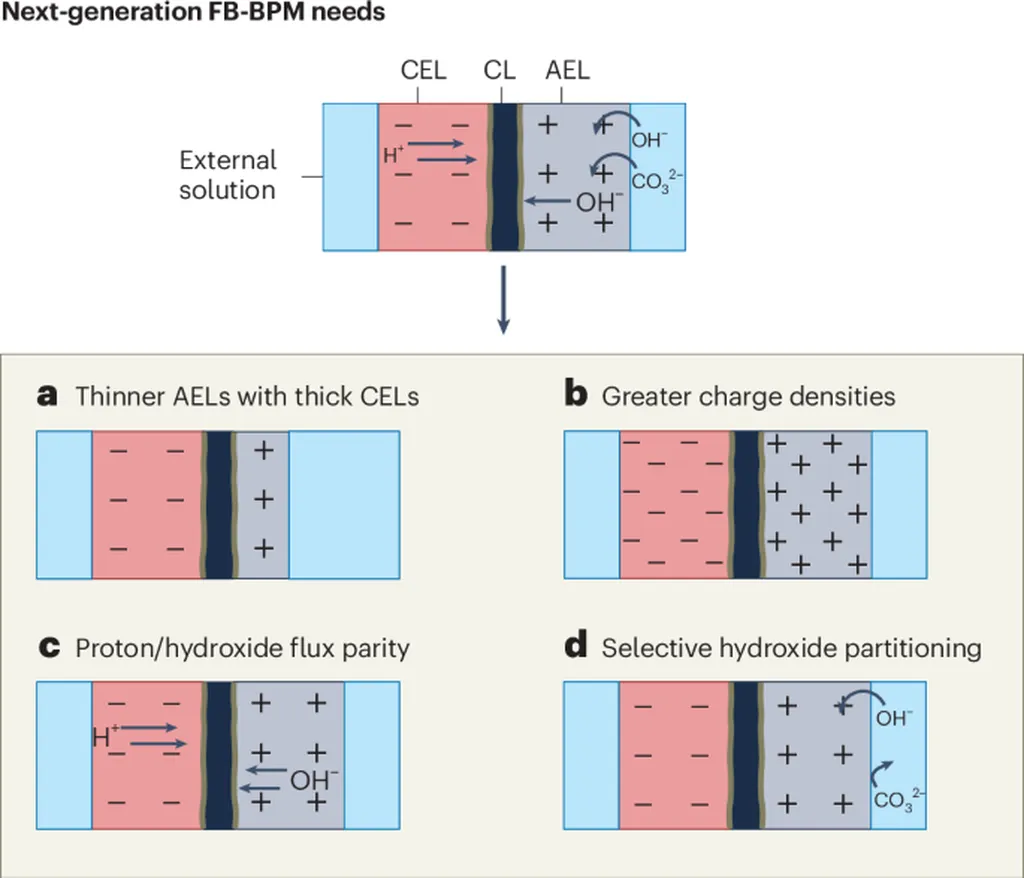In the quest to optimize anion-conductive polymer membranes for energy applications, researchers have turned to advanced data analysis techniques to unlock the secrets of these complex materials. A recent study led by Ryo Murakami from the National Institute for Materials Science in Tsukuba, Japan, has made significant strides in this area, offering a data-driven approach to predict and understand the conductivity of these membranes.
Anion-conductive polymer membranes are crucial components in alkaline fuel cells and electrolyzers, where they facilitate the transport of hydroxide ions. The efficiency of these devices hinges on the membranes’ ionic conductivity, which is influenced by the arrangement of quaternary ammonium groups and the structure of hydrophilic and hydrophobic domains. However, the specific features governing conductivity have remained elusive, until now.
Murakami and his team employed Bayesian sparse modeling, a statistical technique that combines the principles of Bayesian inference with sparse modeling, to predict conductivity and identify key features in the membranes. This approach is particularly valuable for small datasets, which are common in advanced materials research.
“Bayesian sparse modeling allows us to perform robust feature selection and build interpretable models, even with limited data,” Murakami explained. “This is a significant advantage in materials science, where experimental data can be scarce and expensive to obtain.”
The study revealed that the ratio of carbon atoms in the hydrophobic to hydrophilic segments is a key feature for predicting conductivity in the membranes. This finding could guide the design of more efficient membranes for energy applications.
The implications of this research extend beyond the laboratory. As the energy sector seeks to develop more sustainable and efficient technologies, the optimization of anion-conductive polymer membranes could play a pivotal role. By providing a data-driven approach to predict and understand membrane conductivity, this research could accelerate the development of next-generation energy devices.
Moreover, the application of materials informatics and data-driven science in this study highlights the growing trend of integrating advanced data analysis techniques into materials research. This approach could pave the way for more efficient and effective materials discovery and optimization.
Published in the journal ‘Science and Technology of Advanced Materials: Methods’ (translated to English as ‘Science and Technology of Advanced Materials: Methods’), this research offers a promising avenue for advancing the field of anion-conductive polymer membranes and contributing to the broader goals of energy sustainability.
As the energy sector continues to evolve, the insights gained from this study could shape the development of more efficient and sustainable technologies, ultimately contributing to a cleaner and more energy-efficient future.

